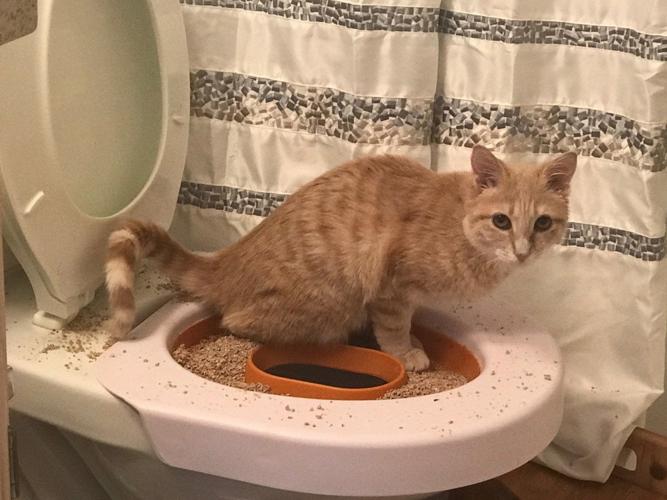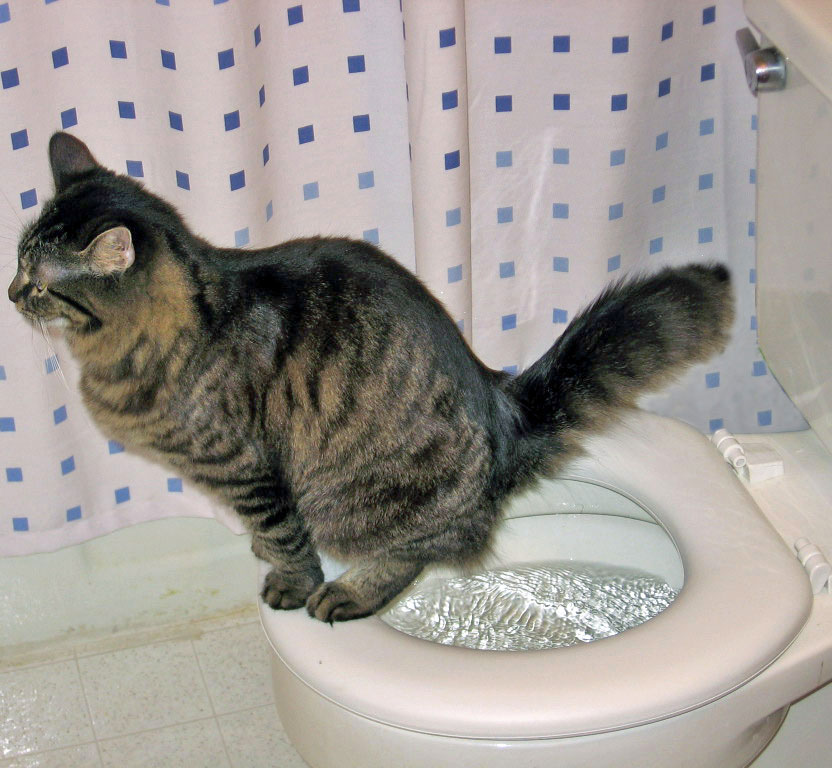Avoid Flush Cat Poop Down Your Toilet - Safeguard Your Plumbing Infrastructure
Avoid Flush Cat Poop Down Your Toilet - Safeguard Your Plumbing Infrastructure
Blog Article
They are making a number of good observations relating to How to Dispose of Cat Poop and Litter Without Plastic Bags in general in this article beneath.

Introduction
As pet cat owners, it's vital to bear in mind how we dispose of our feline close friends' waste. While it might appear practical to purge cat poop down the bathroom, this method can have harmful repercussions for both the environment and human health and wellness.
Ecological Impact
Flushing cat poop introduces unsafe virus and parasites right into the water system, positioning a considerable danger to water ecosystems. These pollutants can adversely influence aquatic life and compromise water top quality.
Health and wellness Risks
In addition to ecological problems, flushing feline waste can additionally pose health dangers to people. Feline feces might contain Toxoplasma gondii, a bloodsucker that can trigger toxoplasmosis-- a possibly serious illness, especially for expectant ladies and people with damaged body immune systems.
Alternatives to Flushing
Thankfully, there are much safer and a lot more responsible ways to throw away cat poop. Think about the complying with choices:
1. Scoop and Dispose in Trash
One of the most common approach of disposing of pet cat poop is to scoop it right into an eco-friendly bag and throw it in the garbage. Make certain to make use of a committed trash scoop and take care of the waste immediately.
2. Usage Biodegradable Litter
Opt for naturally degradable feline trash made from products such as corn or wheat. These trashes are environmentally friendly and can be securely thrown away in the trash.
3. Bury in the Yard
If you have a backyard, consider hiding cat waste in a designated location away from vegetable yards and water resources. Be sure to dig deep enough to avoid contamination of groundwater.
4. Mount a Pet Waste Disposal System
Invest in a pet dog garbage disposal system especially created for feline waste. These systems make use of enzymes to break down the waste, decreasing smell and ecological influence.
Verdict
Responsible pet dog ownership prolongs past offering food and sanctuary-- it additionally includes correct waste management. By avoiding flushing cat poop down the commode and choosing alternate disposal methods, we can reduce our ecological footprint and secure human health and wellness.
Why Can’t I Flush Cat Poop?
It Spreads a Parasite
Cats are frequently infected with a parasite called toxoplasma gondii. The parasite causes an infection called toxoplasmosis. It is usually harmless to cats. The parasite only uses cat poop as a host for its eggs. Otherwise, the cat’s immune system usually keeps the infection at low enough levels to maintain its own health. But it does not stop the develop of eggs. These eggs are tiny and surprisingly tough. They may survive for a year before they begin to grow. But that’s the problem.
Our wastewater system is not designed to deal with toxoplasmosis eggs. Instead, most eggs will flush from your toilet into sewers and wastewater management plants. After the sewage is treated for many other harmful things in it, it is typically released into local rivers, lakes, or oceans. Here, the toxoplasmosis eggs can find new hosts, including starfish, crabs, otters, and many other wildlife. For many, this is a significant risk to their health. Toxoplasmosis can also end up infecting water sources that are important for agriculture, which means our deer, pigs, and sheep can get infected too.
Is There Risk to Humans?
There can be a risk to human life from flushing cat poop down the toilet. If you do so, the parasites from your cat’s poop can end up in shellfish, game animals, or livestock. If this meat is then served raw or undercooked, the people who eat it can get sick.
In fact, according to the CDC, 40 million people in the United States are infected with toxoplasma gondii. They get it from exposure to infected seafood, or from some kind of cat poop contamination, like drinking from a stream that is contaminated or touching anything that has come into contact with cat poop. That includes just cleaning a cat litter box.
Most people who get infected with these parasites will not develop any symptoms. However, for pregnant women or for those with compromised immune systems, the parasite can cause severe health problems.
How to Handle Cat Poop
The best way to handle cat poop is actually to clean the box more often. The eggs that the parasite sheds will not become active until one to five days after the cat poops. That means that if you clean daily, you’re much less likely to come into direct contact with infectious eggs.
That said, always dispose of cat poop in the garbage and not down the toilet. Wash your hands before and after you clean the litter box, and bring the bag of poop right outside to your garbage bins.
https://trenchlesssolutionsusa.com/why-cant-i-flush-cat-poop/

We are very fascinated with How to Dispose of Cat Poop and Litter Without Plastic Bags and I really hope you enjoyed reading the new article. I beg you take the time to promote this write-up if you enjoyed reading it. I praise you for your time. Please stop by our blog back soon.
Schedule A Service Call Report this page